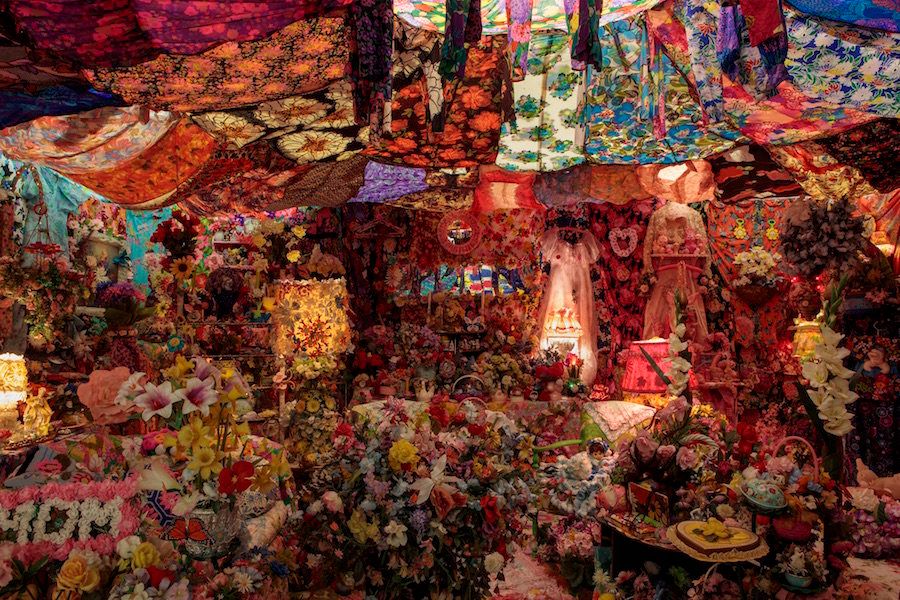Whether you were one the nearly 3 million people who took part in last weekend’s Women’s Marches, or saw photos of the teeming crowds as they spilled gloriously down city streets, you likely noticed a preponderance of pink.
That’s partly because women and men of all ages donned “pussy hats,” pink knitted caps with feline ear flaps, as a form of silent protest against the anti-woman agenda advanced by President Trump’s administration. Viewed from above, when protest signs became illegible, the sea of pink kept the feminist message intact. Although the color has historically been associated with feminine ideals like sweetness and passivity, on Jan. 21, the color embodied a very different vision of femininity: activated, angry and in cahoots.
“Oh my god, this color is really being embraced as a powerful thing,” artist Portia Munson explained in an interview with The Huffington Post. Munson has been obsessed with the shade for decades, both for its innate aesthetic appeal as well as all the gendered baggage that comes along with it.
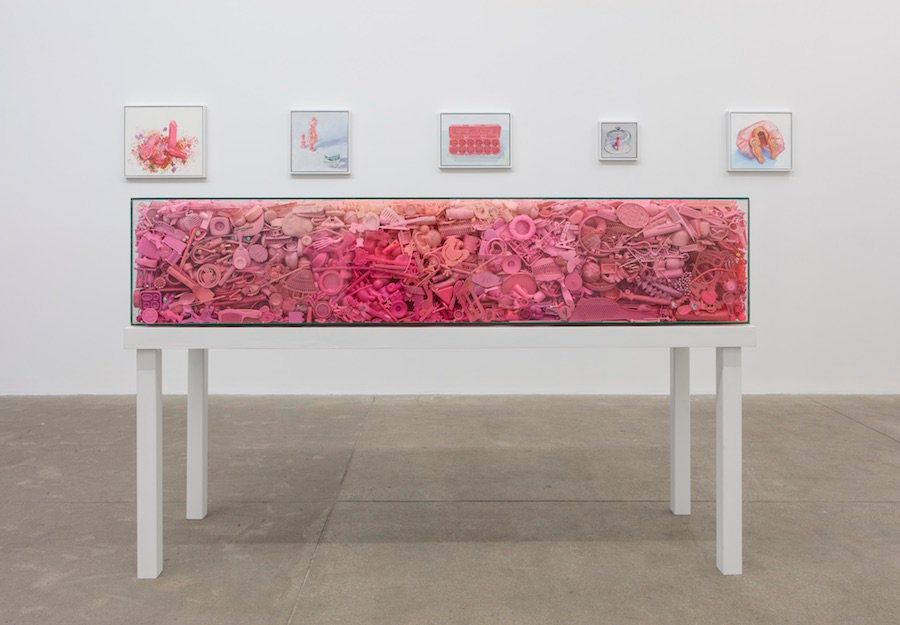
In the 1940s, pink was declared the “sex-appropriate” color for young girls, a decision upheld by manufacturers and retailers. The color became associated with everything young girls were told they should be: mild, charming, submissive, and of course, pretty.
Munson herself always had a thing for pink and couldn’t help but wonder how her personal preference stemmed from a societal mandate. “I was trying to decide — did I really like this color? What was it about this color that was also associated with femininity?” She soon began picking up the random pink items she encountered on the street ― a plastic comb here, a tampon applicator there ― until she had amassed an unruly collection of rose tinted debris.
In the 1990s, Munson began arranging her homogeneously hued bric-a-brac into dizzying installations that put the relationship with femininity and consumption in plain view. In “Her Coffin” (pictured above), the pink found objects are so densely packed into a rectangular glass case the viewer is almost tempted to provide the inanimate goods some air holes. The sculptures powerfully touch on the smothering constrictions of femininity that limit so many women, as well as the endless, compulsory need to buy more, be more, be better.
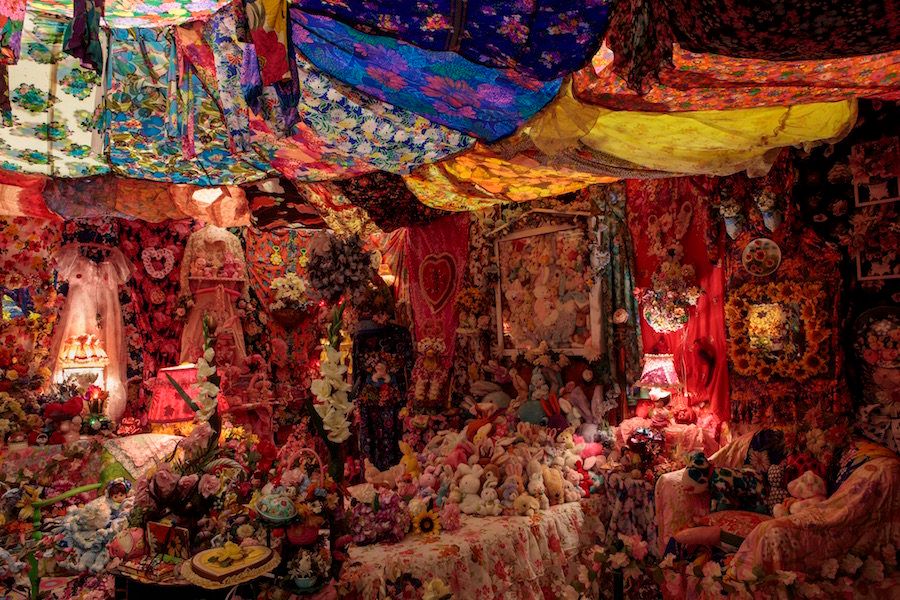
The full-room installation “The Garden” (above) encompasses the pressures urging women towards continuous consumption. Originally shown in 1996, the piece takes the shape of a woman’s bedroom, a hoarder’s paradise packed with fake flowers, stuffed animal bunnies and vintage dresses. The dizzying space embodies the spirit of “too much but never enough.”
In ‘96, art critic Paul H-O described it as “Laura Ashley on LSD, total manic-femininity implosion with Victorian mood-lighting.” Part “Grey Gardens,” part Madonna Inn, all Marie Kondo’s absolute nightmare, the room recalls that crushing feeling of overindulging on beauty products during a misguided quest for self-care, only to fully self-loathe as a result.
The space speaks to the mentality of bourgeois femininity, in which shopping seemingly offers a brief respite from patriarchal oppression ― a short-lived spurt of self-possession through new possessions. The result, however, can be a claustrophobic den of pretty garbage, with all items amounting to a sickly sweet swamp. “It got it to the point where I couldn’t fit anything else in there,” Munson said. “That’s when the piece was finished. I like that it feels kind of magical, but also is suffocating, seductive and repulsive.”
The simultaneous feelings of seduction and repulsion stem, in part, from the symbols of fertility fanatically on display. “I was thinking about flowers as the reproductive organs of plants,” Munson explained. “And the bunnies ― bunnies procreate really quickly, so I was thinking about the fertility of nature. But everything in there is dead and discarded.”

The artist explores the fetishization of natural elements using cheap, artificial replicas. she alludes to the ways women are idolized as abstractions or adored as objects, yet rarely appreciated or respected in their imperfect, natural bodies. As Munson put it: “There are all these ways women try to cover their own smells, all these ways we have to obscure themselves.”
In “The Garden,” femininity and plastic are one and the same.
Other readings of the work have emerged between the work’s original showing in the 1990s and its reprisal in 2017. For one, the amassed materials have aged accordingly, their kitsch charm acquiring an aftertaste of mildewed madness along the way. The aging of the work mirrors the aging process of women; what was once deemed attractive grows grotesque, what was once valuable becomes obsolete.
Additionally, the work’s emphasis on mass-produced replicas of natural forms speaks to our present, when our planet’s environment is in more danger than ever. One can imagine a dystopian future world where Munson’s plastic “Garden” is the only kind of garden we have access to. “At my core, I’m both a feminist and also an environmentalist,” Munson explained. “I hope ‘The Garden’ is also seen in that way.”
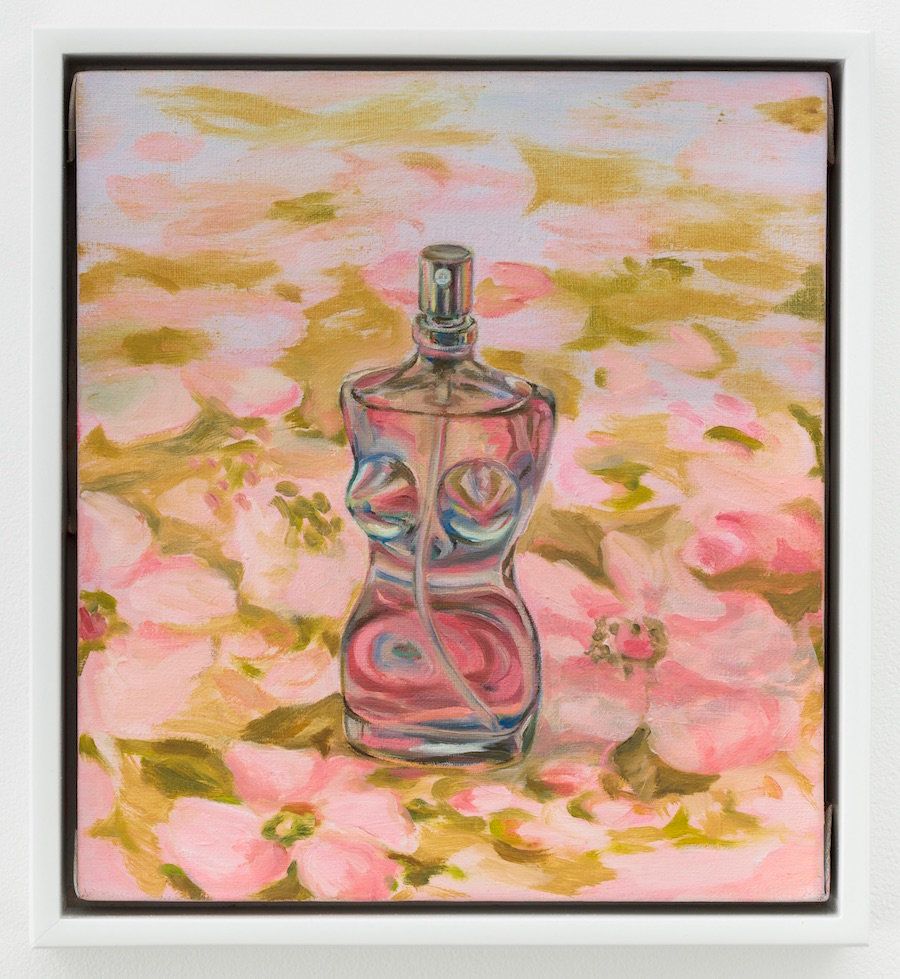
Along with the sculptural installations, Munson has created still-life paintings of trinkets in her collection, including porcelain dolls, dildos, coral-colored egg cartons and a perfume bottle in the shape of a woman’s torso. While in her sculptures, each individual object gets swallowed up by the rest, Munson’s paintings allow the viewer to mull over just how uncanny so many of the commodities marketed to women truly are.
“The paintings are quieter,” Munson said. “They’re about meditating on objects, thinking slowly about simple things.” The perfume bottle, for example, shifts from a common, household object to a bizarre spectacle through Munson’s careful attention.
“The perfume comes out where the woman’s head should be,” Munson expressed. “What does that mean? Is that what makes us beautiful?”
“The Garden” is a timely ode to the residue commercialized femininity leaves behind. Despite the fact that most of the sculptures were made in the ‘90s, they feel hauntingly fitting for the contemporary political climate, when buying a “Fuck Paul Ryan” pin or a “Nasty Woman” T-shirt feels like a small act of defiance against a crushing stream of political defeats. It’s tempting to envision a later iteration of Munson’s work, updated to include contemporary objects of “feminist swag.” There could even be a pussy hat in there.
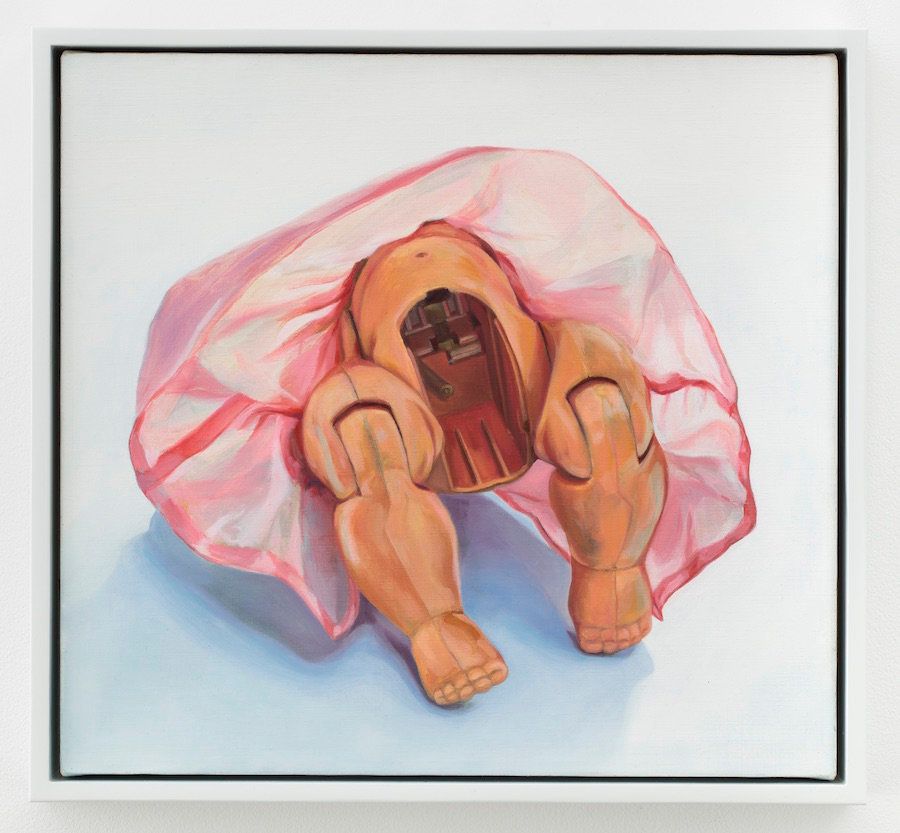
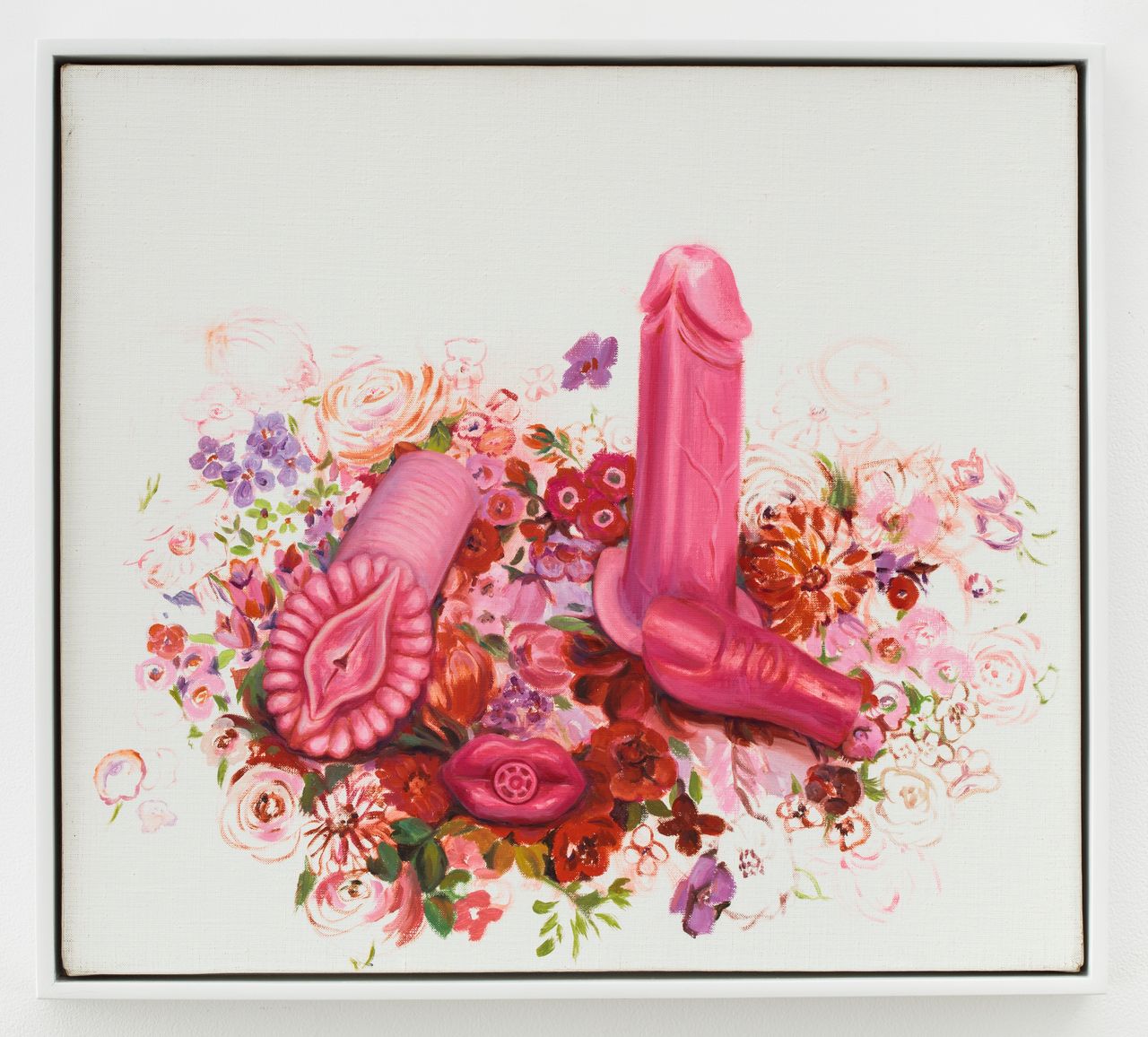
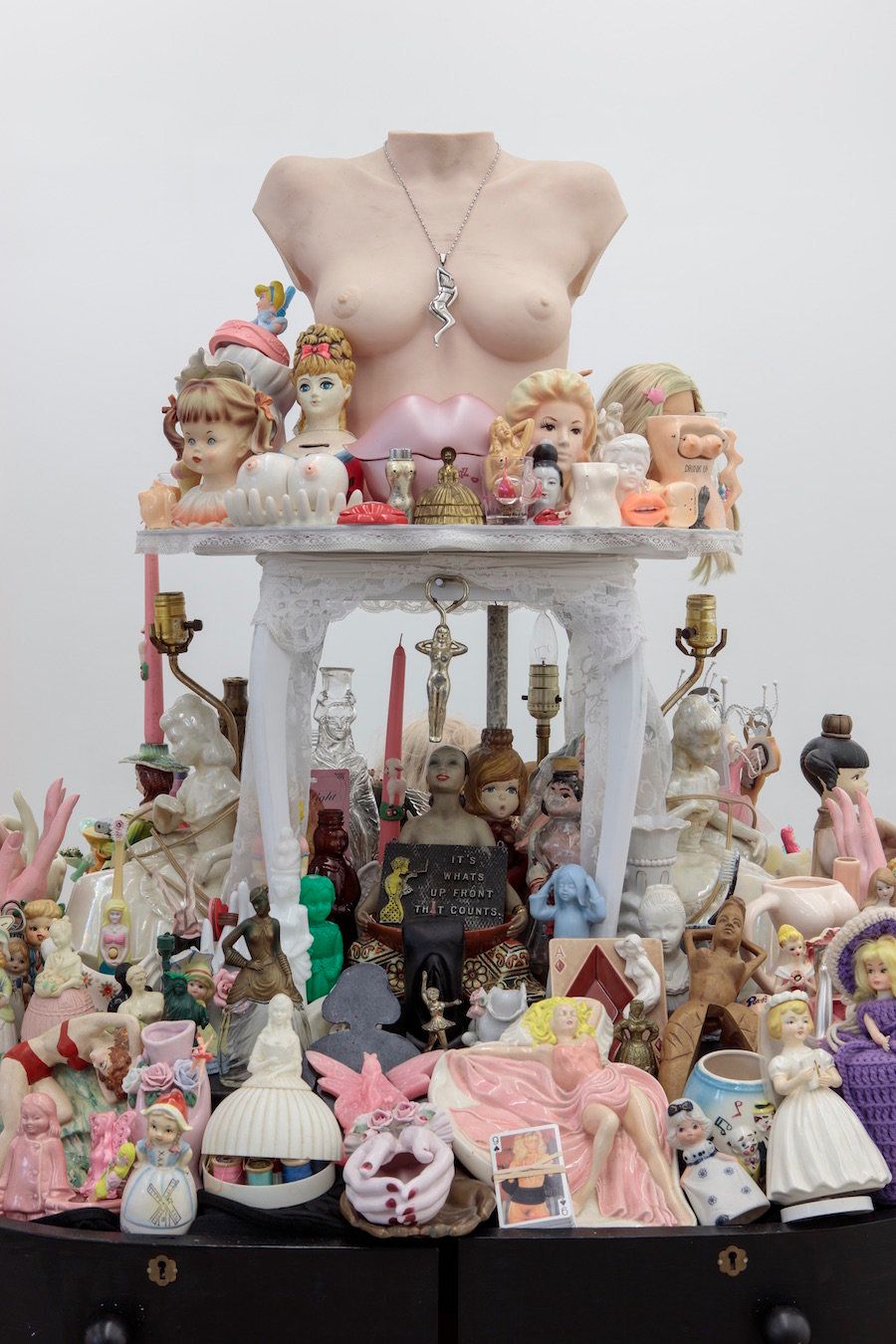
“The Garden” runs until February 11, 2017 at PPOW Gallery in New York.
